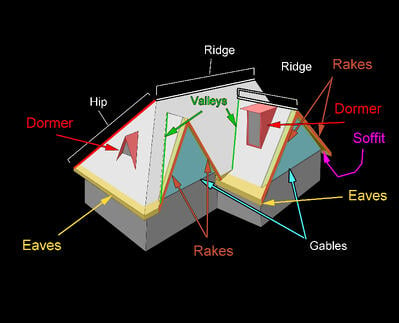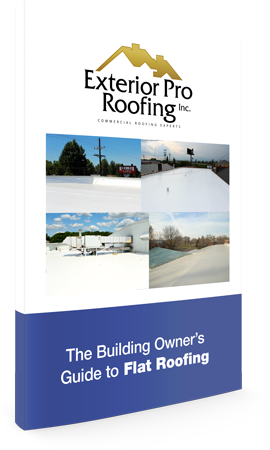There are many of us that know everything we need to know about your roof and understand the components and terms when it comes to roofing, but there are also many of you that either never had to deal with it or are new home owners and this information will be extremely useful for you to understand the components and terms used by contractors when it is time to replace or repair your roof.
Let’s start with the roof system components for steep-slope roof systems. There are always five basic components to these: roof covering, sheathing, roof structure, flashing and drainage.
The roof covering is the materials your roofed is covered in that we all know well for majority of homes are shingles, but there are other types of coverings like the tile, slate or metal. These coverings protect the sheathing that is underneath from the weather. Which brings us to the next component sheathing, these are the boards or sheet material that is fastened to the roof rafters to cover the building.
The roof structure are the rafters and trusses constructed to support the sheathing. Then we have the flashing which is sheet metal or sometimes other material that is installed into the roof systems various joints and the valleys to prevent water seepage.
Lastly, the drainage is the the design features (shape, slope, and layout) that affects the ability for the roof to shed water.

Now that we have covered the basics of the roofing components for your home, lets go over the terms that you will definitely hear when taking to a contractor or ordering materials. One term we have just covered is the decking or sheathing. We explained the sheathing, decking is another word that some may use instead. These are the surface that materials like plywood or oriented strand board (OSB) are applied.
A dormer is a small structure that projects from the roof like windows that stick out, below is an example.
The drip edge, this is a strip that is installed along the edges of the roof that allows water to run off the deck, eaves and siding. This brings us to the eave which is the horizontal lower edge of the sloped roof.
The fascia is the flat board, band or face that is located at the corners outer edge. Next is the felt or underlayment that is the sheet of asphalt saturated material (tar paper) used as a secondary layer of protection for the deck. Flashing are the pieces of metal that are used to prevent the seepage water around any intersection or projection in a roof system like vent pipes or chimneys, valleys and joints at vertical walls.
 Louvers are slatted devices that are installed in a gable or soffit that is under the eaves to ventilate the space below the roof deck that equalizes air temperature and moisture. Oriented strand board as we covered is the roof deck panels that are installed lengthwise in layers and are held together with a resin glue. Penetrations are vents, pipes, stack, chimneys or anything that penetrates the roof deck. Rafters are the supporting frame the roof deck is attached.
Louvers are slatted devices that are installed in a gable or soffit that is under the eaves to ventilate the space below the roof deck that equalizes air temperature and moisture. Oriented strand board as we covered is the roof deck panels that are installed lengthwise in layers and are held together with a resin glue. Penetrations are vents, pipes, stack, chimneys or anything that penetrates the roof deck. Rafters are the supporting frame the roof deck is attached.
The rake is the inclined edge of a roof over a wall. Then we have the ridge which is the top edge of two intersecting sloping roof surfaces. Slope is the measure by rise in inches of horizontal run.
Lastly we have square which is the measurement for the roof area. Any contractor that gives you an estimate or if you order materials will use this term. The truss is engineered components that supplement rafters in many newer homes and buildings, they are designed for specific applications and cannot be cut or altered. And finally the valley is the angle formed at the intersection of two sloping roof surfaces.
Now you will have an idea about what your contractor or anyone that you will need to discuss your roof with and understand what they are talking about. It is always a good idea to research and educate yourself on your roof before you start calling contractors. Knowing the components and terms will help you make sure you know what is going on when working with a contractor.







